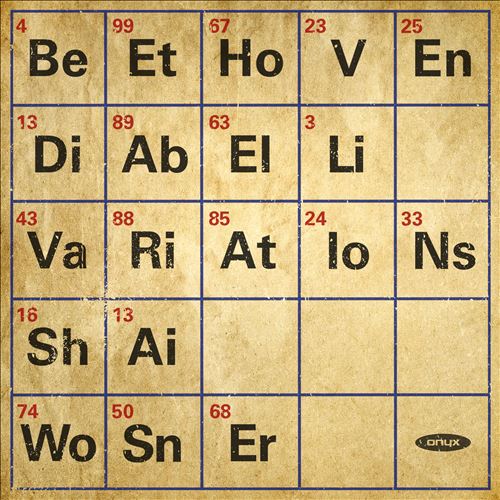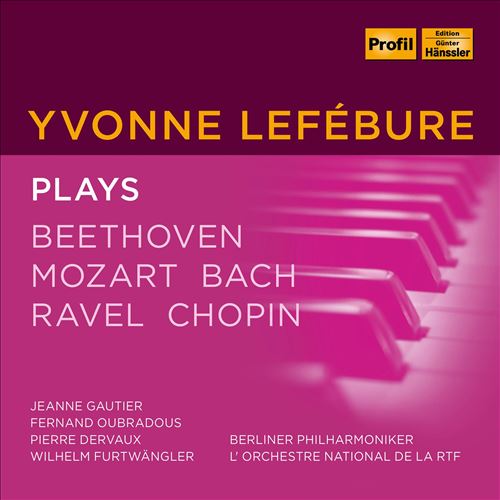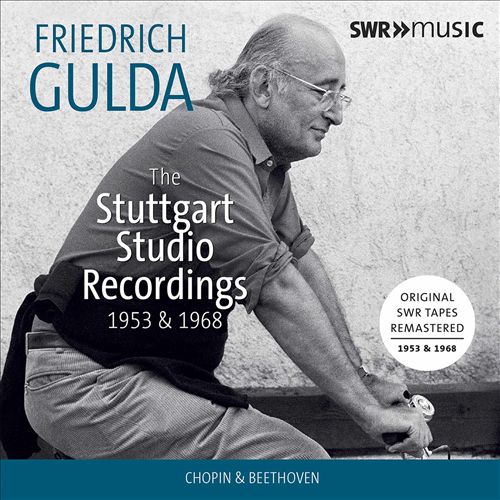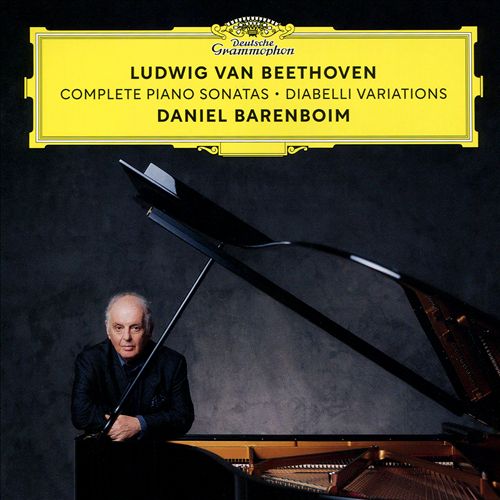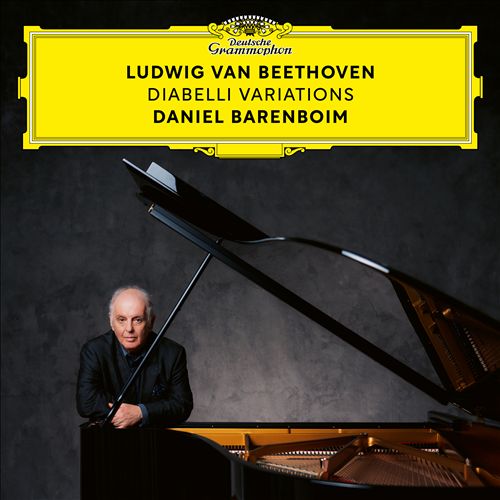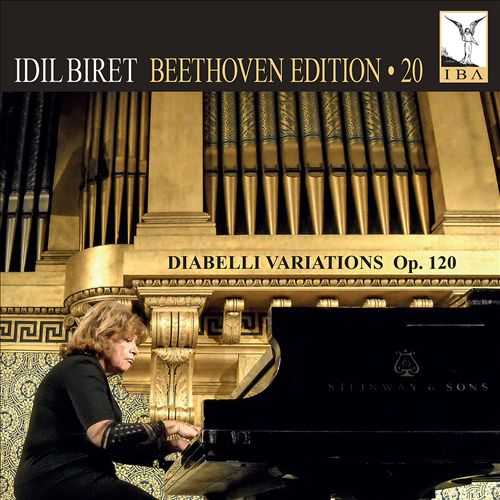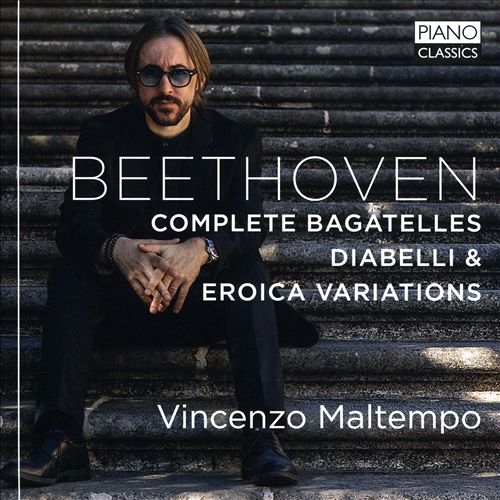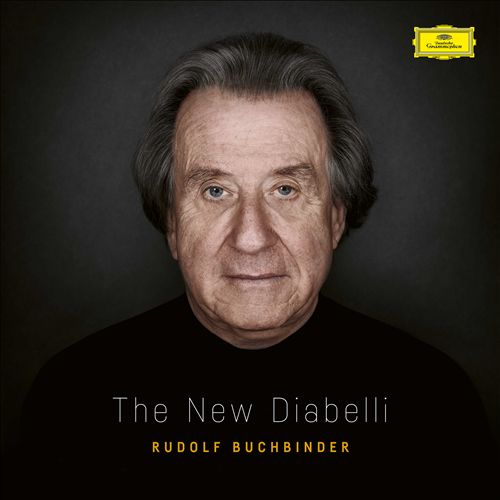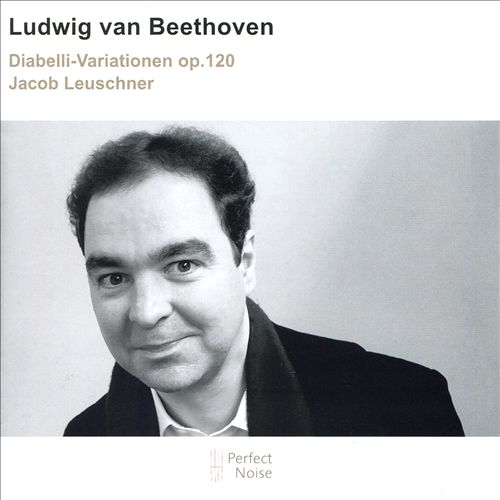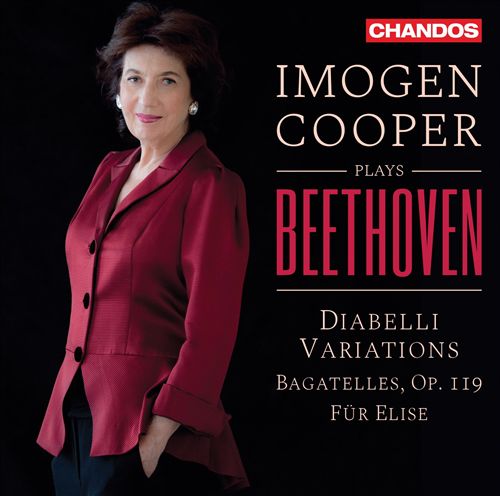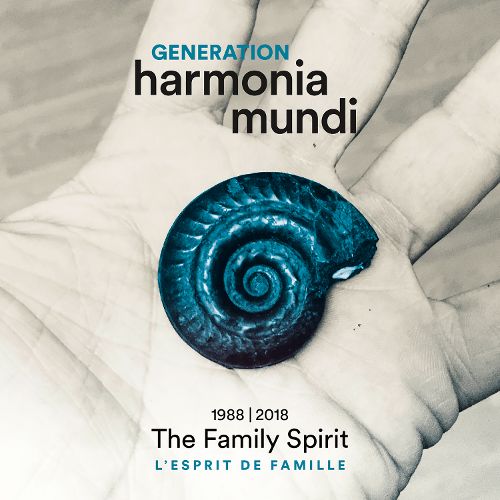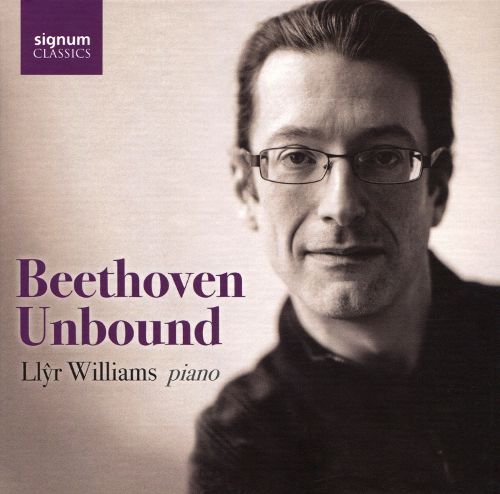Ludwig van Beethoven (루트비히 판 베토벤)
Variations (33) on a waltz by Diabelli, Op. 120 "Diabelli Variations"
100
10,000
1,400
WORK INFO
작곡가: Ludwig van Beethoven (루트비히 판 베토벤)작곡년도: 1819평균연주: 53:02악장1Theme0:532Variation 1 Alla Marcia maestoso1:493Variation 2 Poco Allegro0:554Variation 3 L'istesso tempo1:235Variation 4 Un poco più vivace1:026Variation 5 Allegro vivace0:557Variation 6 Allegro ma non troppo e serioso1:408Variation 7 Un poco più allegro1:059Variation 8 Poco vivace1:2910Variation 9 Allegro pesante e risoluto1:4511Variation 10 Presto0:3712Variation 11 Allegretto1:0413Variation 12 Un poco più moto0:5214Variation 13 Vivace1:0515Variation 14 Grave e maestoso3:5216Variation 15 Presto scherzando0:3617Variation 16 Allegro0:5818Variation 17 [No tempo marking]1:0119Variation 18 Poco moderato1:4220Variation 19 Presto0:5221Variation 20 Andante2:1722Variation 21 Allegro con brio1:1523Variation 22 Allegro molto (alla "Notte e giorno faticar" di Mozart)0:4524Variation 23 Allegro assai0:5225Variation 24 Fughetta. Andante2:5926Variation 25 Allegro0:4627Variation 26 [No tempo marking]1:0728Variation 27 Vivace0:5729Variation 28 Allegro0:5630Variation 29 Adagio ma non troppo1:1931Variation 30 Andante, sempre cantabile2:1532Variation 31 Largo, molto expressivo4:4633Variation 32 Fuga. Allegro - Poco Adagio2:5734Variation 33 Tempo di Minuetto moderato, ma non tirarsi dietro3:53The 33 Variations on a waltz by Anton Diabelli, Op. 120, commonly known as the Diabelli Variations, is a set of variations for the piano written between 1819 and 1823 by Ludwig van Beethoven on a waltz composed by Anton Diabelli. It is often considered to be one of the greatest sets of variations for keyboard along with J.S. Bach's Goldberg Variations. The music writer Donald Tovey called it "the greatest set of variations ever written". The pianist Alfred Brendel has described it as "the greatest of all piano works". It also comprises, in the words of Hans von Bülow, "a microcosm of Beethoven's art". In Beethoven: The Last Decade 1817–1827, Martin Cooper writes, "The variety of treatment is almost without parallel, so that the work represents a book of advanced studies in Beethoven's manner of expression and his use of the keyboard, as well as a monumental work in its own right". In his Structural Functions of Harmony, Arnold Schoenberg writes that the Diabelli Variations "in respect of its harmony, deserves to be called the most adventurous work by Beethoven". Beethoven's approach to the theme is to take some of its smallest elements – the opening turn, the descending fourth and fifth, the repeated notes – and build upon them pieces of great imagination, power and subtlety. Alfred Brendel wrote, "The theme has ceased to reign over its unruly offspring. Rather, the variations decide what the theme may have to offer them. Instead of being confirmed, adorned and glorified, it is improved, parodied, ridiculed, disclaimed, transfigured, mourned, stamped out and finally uplifted". Beethoven does not seek variety by using key-changes, staying with Diabelli's C-major for most of the set: among the first twenty-eight variations, he uses the tonic minor only once. Then, nearing the conclusion, Beethoven uses the tonic minor for Variations 29–31 and for Variation 32, a triple fugue, he switches to E-flat major. Coming at this late point, after such a long period in C-major, the key-change has an increased dramatic effect. At the end of the fugue, a culminating flourish consisting of a diminished seventh arpeggio is followed by a series of quiet chords punctuated by silences. These chords lead back to Diabelli's C-major for Variation 33, a closing minuet.
The work was composed after Diabelli, a well known music publisher and composer, in the early part of 1819 sent a waltz of his creation to all the important composers of the Austrian Empire, including Franz Schubert, Carl Czerny, Johann Nepomuk Hummel, and the Archduke Rudolph, asking each of them to write a variation on it. His plan was to publish all the variations in a patriotic volume called Vaterländischer Künstlerverein, and to use the profits to benefit orphans and widows of the Napoleonic Wars. Franz Liszt was not included, but it seems his teacher Czerny arranged for him to also provide a variation, which he composed at the age of 11.From WIKIPEDIA
RELEASED ALBUMS
-
Daniel Barenboim plays Schumann, BeethovenJuly 17, 2025
-
Beethoven: Diabelli Variations; Piano ConcertosMay 1, 2025
-
Beethoven: MasterpiecesApril 21, 2025
-
A Piano BalladMarch 7, 2025
-
Beethoven: Piano VariationsNovember 1, 2024
-
200 Years Diabelli VariationsSeptember 20, 2024
-
Beethoven: 33 Variations on a Waltz by DiabelliOctober 27, 2023
-
Beethoven: Diabelli VariationsSeptember 29, 2023
-
Beethoven: Diabelli VariationsApril 15, 2022
-
Beethoven: Diabelli Variations - Var. 24. Fughetta. AndanteMarch 18, 2022
-
Beethoven: Diabelli Variations - Var. 10. PrestoFebruary 25, 2022
-
Beethoven: Diabelli Variations - Tema. VivaceFebruary 4, 2022
-
Yvonne Lef챕bure plays Beethoven, Mozart, Bach, Ravel, ChopinNovember 5, 2021
-
Beethoven: Complete Piano Sonatas & ConcertosAugust 20, 2021
-
The Stuttgart Studio Recording 1953 & 1968February 12, 2021
-
Ludwig van Beethoven: Complete Piano Sonatas; Diabelli VariationsDecember 25, 2020
-
Beethoven: 33 Variations on a Waltz by Diabelli, Op. 120 - Var. 20. AndanteSeptember 11, 2020
-
Beethoven Edition, Vol. 20: Diabelli Variations Op. 120August 21, 2020
-
Classic 100 BeethovenJuly 3, 2020
-
Beethoven 4 KidsJune 5, 2020
-
Beethoven: Complete Bagatelles; Diabelli & Eroica VariationsMay 1, 2020
-
The New DiabelliMay 1, 2020
-
Ludwig van Beethoven: Diabelli-Variationen Op. 120March 6, 2020
-
Heroic BeethovenJanuary 24, 2020
-
50 Best BeethovenNovember 1, 2019
-
100 Best Beethoven [2019]September 20, 2019
-
Imogen Cooper plays Beethveon: Diabelli Variations, Bagatelles Op. 119, Für EliseMarch 1, 2019
-
Generation Harmonia Mundi, Vol. 2: The Family Spirit, 1988-2018May 11, 2018
-
Beethoven UnboundApril 6, 2018
-
Beethoven: Diabelli VariationsJanuary 12, 2018
ALBUM MUSIC
WORKS SHOUTS









